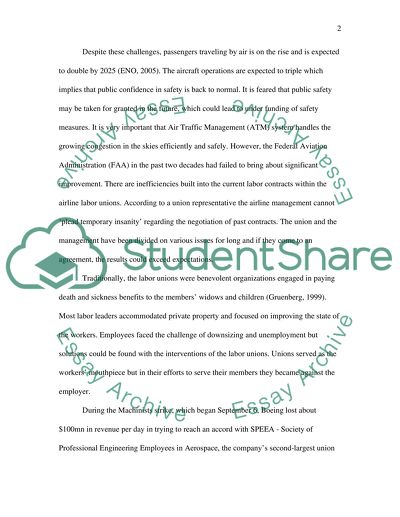Cite this document
(“What dose future hold for organanized labor in the u.s commercial Research Paper”, n.d.)
Retrieved from https://studentshare.org/miscellaneous/1556134-what-dose-future-hold-for-organanized-labor-in-the-us-commercial-aviation-industry
Retrieved from https://studentshare.org/miscellaneous/1556134-what-dose-future-hold-for-organanized-labor-in-the-us-commercial-aviation-industry
(What Dose Future Hold for Organanized Labor in the u.S Commercial Research Paper)
https://studentshare.org/miscellaneous/1556134-what-dose-future-hold-for-organanized-labor-in-the-us-commercial-aviation-industry.
https://studentshare.org/miscellaneous/1556134-what-dose-future-hold-for-organanized-labor-in-the-us-commercial-aviation-industry.
“What Dose Future Hold for Organanized Labor in the u.S Commercial Research Paper”, n.d. https://studentshare.org/miscellaneous/1556134-what-dose-future-hold-for-organanized-labor-in-the-us-commercial-aviation-industry.


